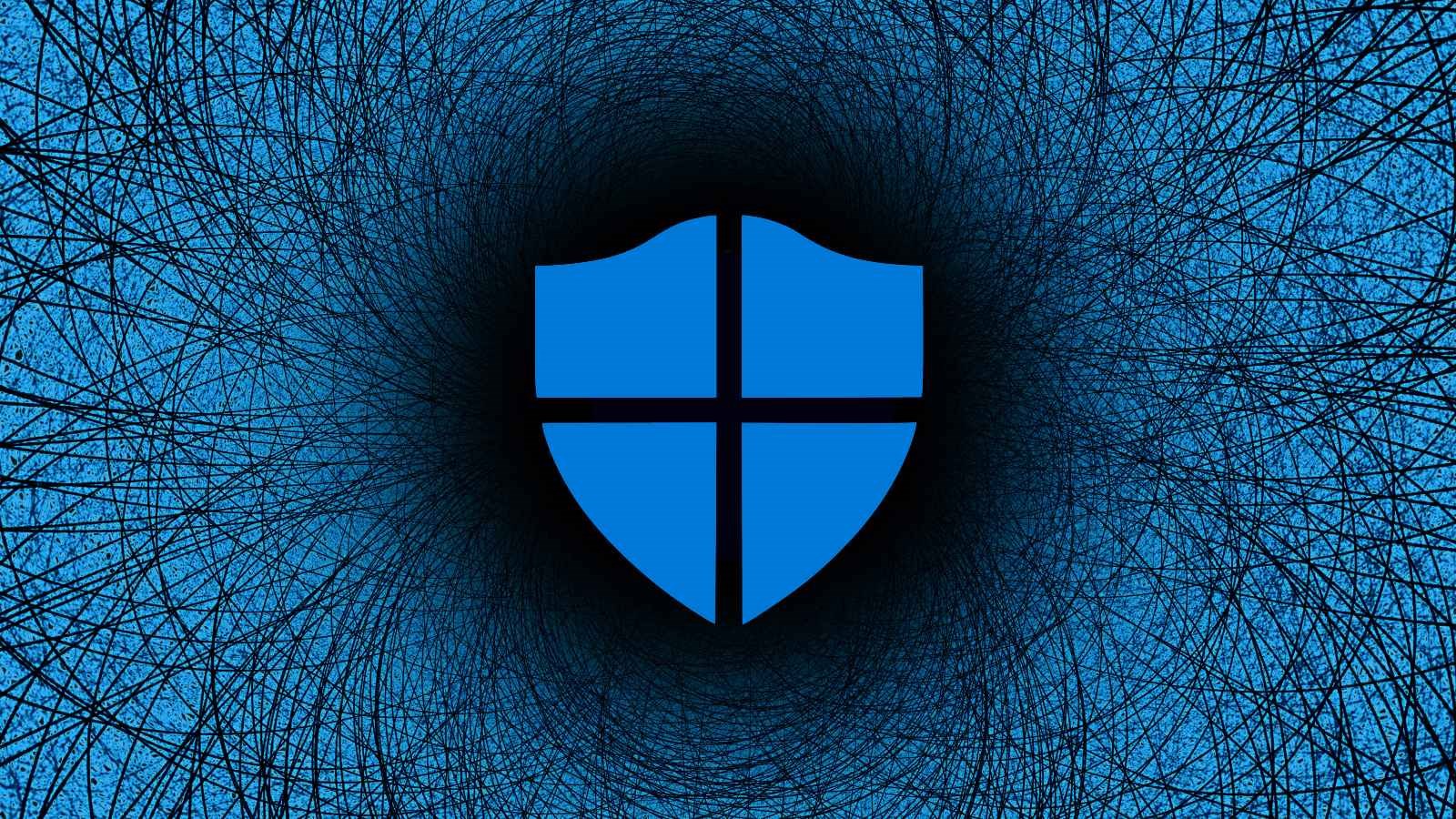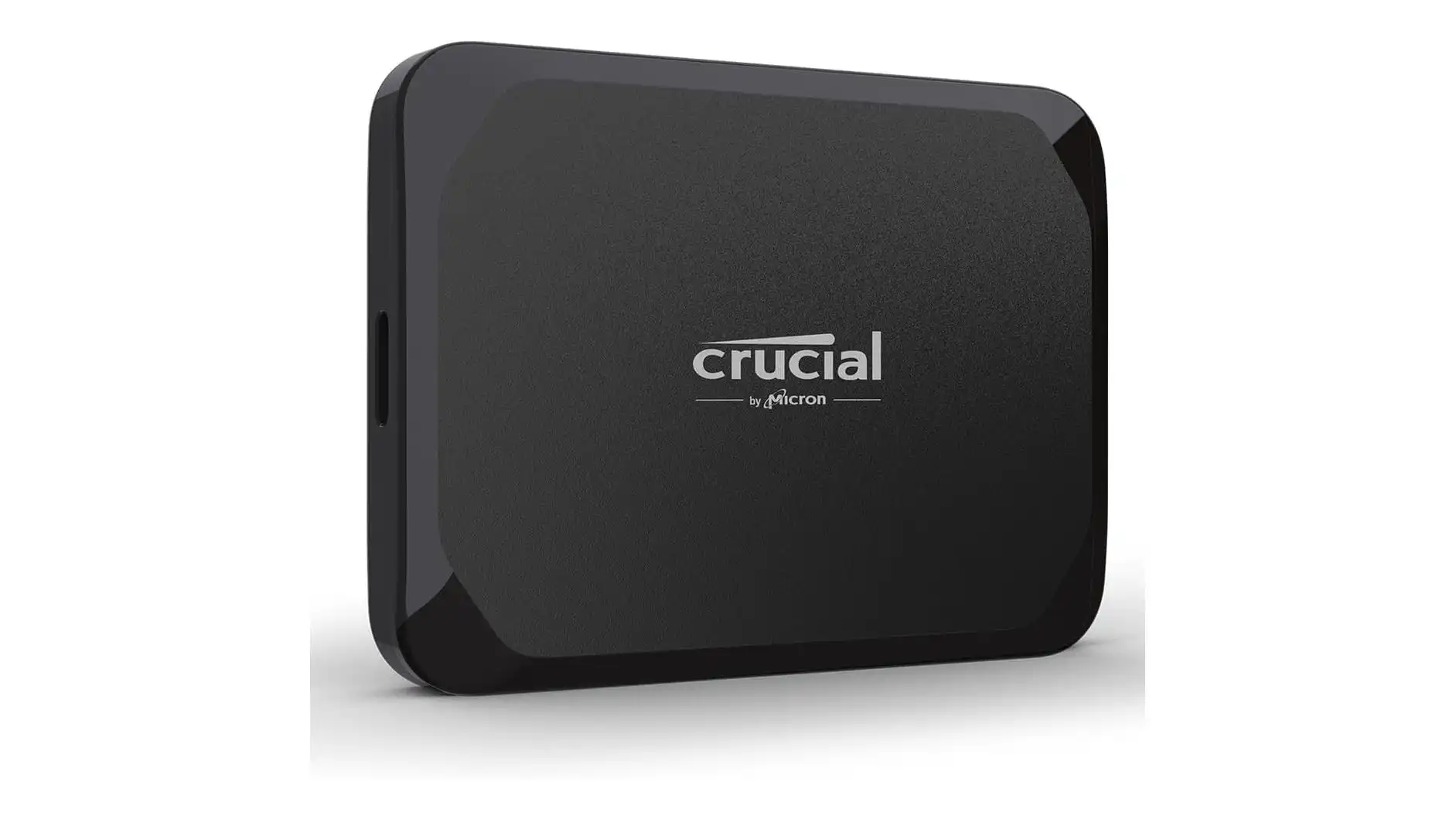
Who doesn’t appreciate a free boost in performance—especially when it’s delivered via a simple driver update? If you own a laptop or handheld gaming PC built on Intel’s new Core Ultra 200V series—also known by its codename Lunar Lake—you’re in luck. Intel has just released graphics driver version 32.0.101.6734, and it brings a significant GPU performance improvement of up to 10% thanks to better power management.
According to Intel, this update raises graphics performance by increasing frame rates without increasing power consumption. Specifically, the driver allows the GPU to deliver higher performance at the same default power level of 17 watts, which is the standard TDP (thermal design power) for most Lunar Lake-based systems. Two key improvements were highlighted: an increase in average frame rates and a dramatic 25% improvement in the 99th percentile frame rate—also known as the “1% lows.” These low-end frame dips are the culprits behind sudden hitches and stutters in games, and reducing them means smoother, more consistent gameplay, especially in timing-sensitive or fast-paced titles.
You’ll first see this update in handheld gaming devices like the MSI Claw 8 AI+ and Claw 7 AI+, both of which are powered by Intel’s Lunar Lake chips. Intel says broader rollout to other Core Ultra 200V systems is on the way, which could make this a universal performance gain for next-gen laptops and ultra-portables using the Xe2 GPU architecture.
The significance of this driver release goes beyond just a simple boost—it reflects Intel’s ongoing commitment to refining its graphics drivers, something the company struggled with during the debut of its first-generation Arc “Alchemist” GPUs. Now, with the second-gen Arc Battlemage B580 GPU on the horizon—and the same Xe2 GPU architecture embedded inside Lunar Lake—it’s easy to see how this type of software tuning will become more common. And it raises the question: Could we see even bigger gains in upcoming desktop Battlemage cards via similar driver-level improvements?




